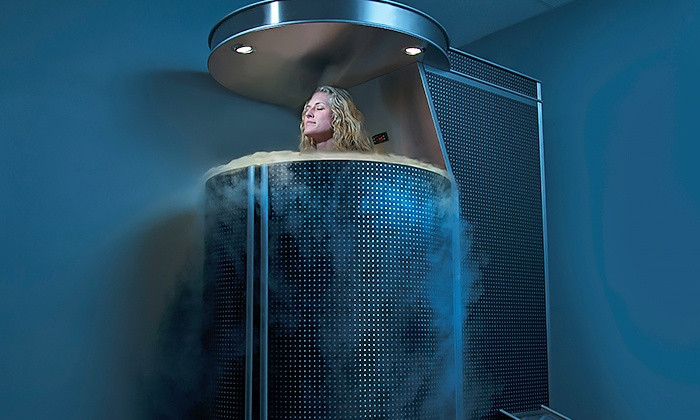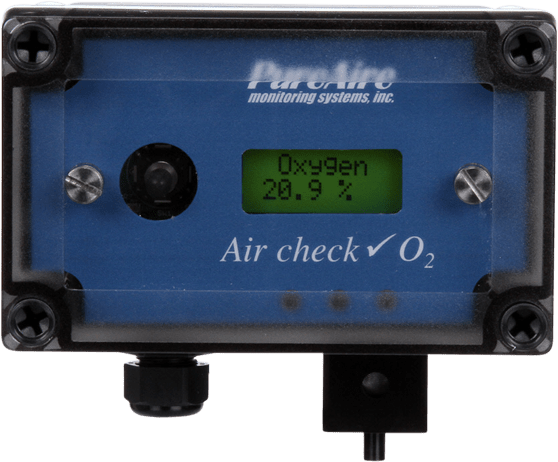Cryotherapy

Cryotherapy, essentially a frosty air sauna using nitrogen, is the latest health trend to move from professional athletes down into the mainstream, where it’s primarily used to treat injuries and reduce inflammation. Proponents of cryotherapy say the treatment is helpful at relieving pain from sports injuries, arthritis, back pain, multiple sclerosis, fibromyalgia, and other injuries. Some people even believe cryotherapy delivers anti-aging benefits. The chilled nitrogen air reduces inflammation and promotes wellness, without the uncomfortable cold immersion you might expect with an ice bath.
While there are benefits to cryotherapy, it’s not without risks. After the death of an employee who became trapped in a cryo health center, people are wondering how safe this therapy really is.
Cryotherapy providers say that their treatment is entirely safe as long as safeguards are in place to prevent incidents. Patients must sign in to the center, so someone knows they’re there. They must remain inside the cryo chamber for no more than three minutes at a time, and an staff member should always be supervising cryo bathers in case there’s an incident.
Some cryo health centers are disregarding these safety rules, which places cryo bather at risk. For instance, problems are likely to arise if bathers stay in the cryo chamber for a half hour, or if facilities don’t use a sign-in sheet to make sure that bathers who signed in do not get overlooked inside the cryo chamber. Employees must be educated around the health risks of cryotherapy, so they can take responsibility for maintaining the safety of those using the cryo chamber.
The main risk of cryotherapy is exposure to nitrogen, which is used to chill the air to super cold temperatures. Nitrogen gas, which reduces temperatures in the cryo chamber, can create an oxygen deficient environment, where patients can asphyxiate. This happens because nitrogen is denser than oxygen, so as it enters a room it pushes oxygen out of the room. Since nitrogen gas lacks color and odor, there isn’t a way for cryo bathers or facility workers to see the gas, so they do not know there’s anything wrong.
Facilities that offer cryo health treatments should install oxygen monitors wherever the nitrogen gas is stored or used, to alert patients to a nitrogen leak that puts their health at risk. Oxygen monitors sample the oxygen levels in a room, and can track declining oxygen levels as a result of nitrogen exposure. As long as the air has enough oxygen, the monitors will stay silent, providing a digital readout that cryo health center employees can check. If there’s too much nitrogen in the air and oxygen levels fall such that public health is at risk — defined as 19.5 percent by OSHA — the monitor will flash lights and sound an alarm to notify everyone in the cryo health center.
Cryo health centers should use an oxygen monitor in every cryo chamber and anywhere nitrogen is stored. Doing so protects the public health and delivers peace of mind for cryo health center workers, who may worry about accidental exposure to nitrogen.
In addition to using oxygen monitors, cryo health centers should obtain a state license, review safety regulations, and train all employees in best practices to improve the safety and efficacy of cryotherapy.
PureAire’s oxygen monitors work reliably, require no calibration once installed, and last 10 or more years — far beyond the industry average. PureAire’s monitors work well in freezers, which makes them suitable for use in cryotherapy facilities. Since PureAire’s O2 monitors aren’t sensitive to barometric drift, they can provide accurate readings from day to day. Browse oxygen monitors today.


